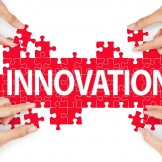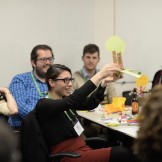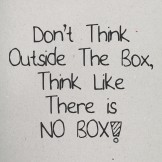State and Local’s Innovation Challenges
Each state has its own agenda, priorities, initiatives, and challenges, but what all states can agree on is the need for innovation. But it’s not easy as budgets and resources continue to shrink and employees find the need to adapt to new technologies. Even thinking about innovation can be an uphill battle for state andRead… Read more »








